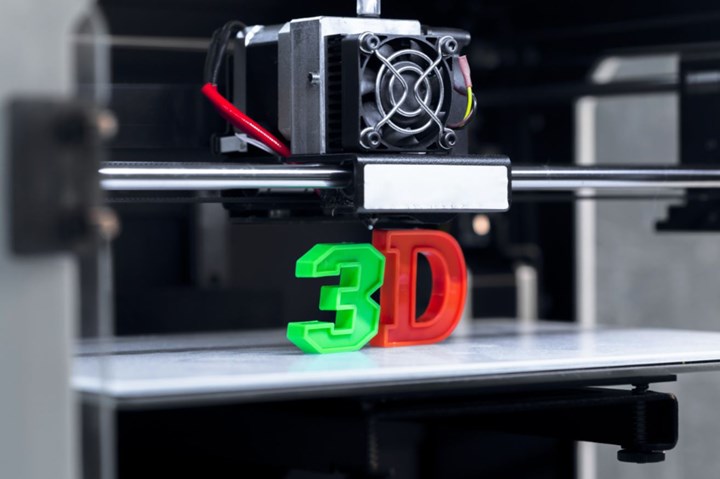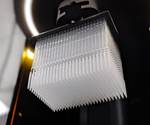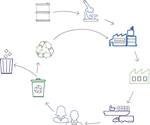Ineos R&D Project Develops Styrenic Polymer for 3D Printing that Boasts 67% Energy Savings
The purpose of the PolySLS project was to develop and test a new styrene based polymer compound for Selective Laser Sintering (SLS).

A direct energy saving of 25% was achieved from the 3D printing equipment when using the new styrenics polymer.
Ineos Styrolution’s PolySLS project is focused on developing a new energy saving styrenics based material for additive manufacturing. The company reports that the project has been able to show that energy savings of up to 67% have been achieved when taking the entire life cycle of a new styrenics polymer compound into account compared to using traditional Polyamide 12 (PA12).
A direct energy saving of 25% was achieved from the 3D printing equipment when using the new styrenics polymer, resulting from lower process temperatures and shorter heating and cooling phases. This also improved the time needed to complete printing jobs, with processing times reportedly 7.5% shorter than with PA12.
“With the additive manufacturing industry growing at very high rates, we are excited we have developed a material that not only contributes to energy saving and sustainable production but also is an easy material to handle in the printing process,” said Yvonne van Veen, market innovation strategy director at Ineos Styrolution.
The PolySLS project was funded by the German Ministry for Economic Affairs and Energy (BMWi). The purpose of the PolySLS project was to develop and test a new styrene based polymer compound for Selective Laser Sintering (SLS). A particular focus of the project was on researching energy and material requirements.
The project was started in August 2017 and carried out in collaboration with the Su虉ddeutsche Kunststoffzentrum (SKZ-KFE gGmbH) and the Friedrich-Alexander-University Erlangen- Nuremberg. The project ended in November 2020. Ineos says that the new polymer compound has been developed for the described R&D purpose only. Potential future commercial availability will depend on various factors including results of further tests, demand and production capacity.
Related Content
-
BMW Group Vehicle to Adopt 3D Printed Center Console
A vehicle coming to market in 2027 will include a center console carrier manufactured through polymer robot-based large-format additive manufacturing (LFAM).
-
How 3D Printing Supports Toolmaking Workforce at This Multiscale Molder
At more than a century old, General Pattern has seen multiple evolutions in its 大象传媒 — the latest of which is the embrace of additive manufacturing technologies for mold tooling and beyond.
-
The Connector Conundrum: 3D Printed Mold Tooling’s Role in Innovation
ReelView Fishing faced an electronics obstacle in the development of its new technology for underwater video. Additive manufacturing for moldmaking allowed for the speed necessary to iterate to a solution. How inventors and invention will benefit from new ways of obtaining production-ready tooling.






